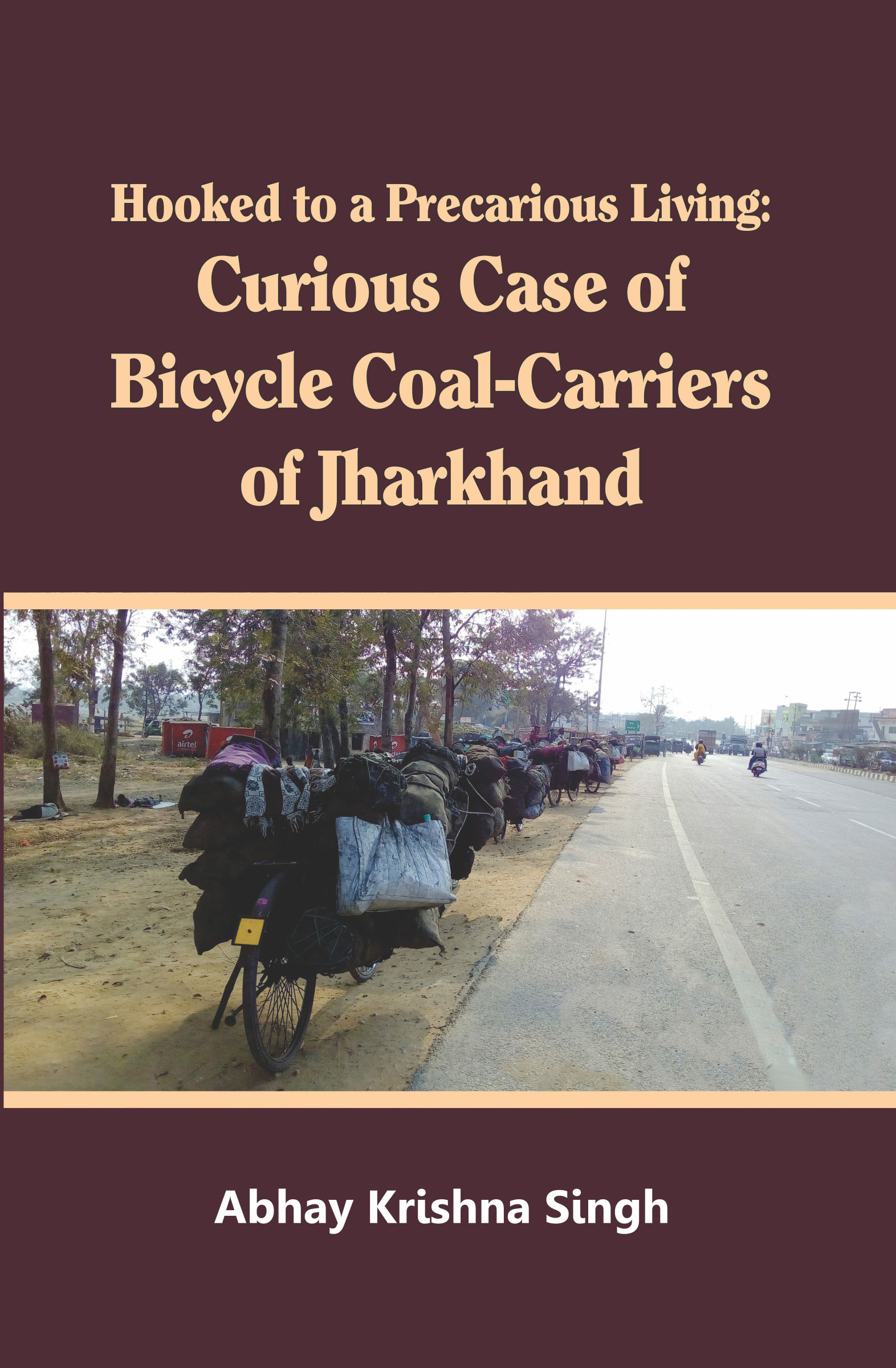
ISBN : 978-93-91139-65-0
Edition : Hard Bound
Categories : Geography
Delivered 2-5 Business Days
Easy Returns and Replacement
Payment Options : (Credit Card , Debit Card , Net Banking)
The present book is an outcome of a Research Project Sponsored by the University Grants Commission (UGC), New Delhi. The centre of the study is a community locally known as ‘Coal Cyclewallahs’ in the eastern coal tracts of India. The work highlights the community living in and around the functional open cast coal mines in the Ramgarh district (Jharkhand), falling under 40-60 km from the state capital Ranchi. An interesting case of spatial injustice for a community living in and around the three open cast functional coal mines in the study area. These villages have historically been subject to discrimination and apathy owing to their spatial disadvantages. Coal as an energy resource indispensable to a nation’s industrial progress is solely claimed by the government of the land, however, those uprooted though been compensated, are not on the just side of the distributive spatial justice. Interestingly, those living away from the point of mining activities are far away and not within the limits of the acquired land for mining but well within the geography to face the devastating consequences of environmental degradation in form of overburdens, derelict bad land and pervasive pollution. The approach of the study has been quantitative along with participatory. The survey-based study is compiled in the form of a book spread over four chapters. The myths surrounding the cycle wallah community are addressed through academic inroads. Among the many misconceptions, the widespread is, the Cyclewallahs into the illegal trade. The two-stage field survey included the individual coal- carrier on the bicycle and his family members in the second stage household survey. The household survey of the non-coal- carriers was also conducted to have a comparative analysis and perspective. The book is designed to look into the socio-economic lives along with the livelihood pattern and hazards vulnerability through field study substantiated by liberal use of statistical tools. The study undertakes comparative analysis to figure out which among the communities residing in the geographical proximity of an operational coal mine is more subjected to spatial injustice, reflected through their livelihood vulnerability and resilience. Apart from those drawing their livelihood through the illegal trade (Informal bicycle Coal – Carriers), there is a substantial number of persons working in collieries and washeries, formally or informally hired by the Coal mining companies. The book clubs such informal users of the coal into two broad categories, one who completely depends for their livelihood on the informal marketing of the purchased illegally occupied coal and that too on bicycles, carrying it to distant places. The other category consists of those who are into illegal acquisition (largely from the coal dumping sites) and marketing of coal (to the bicycle wallahs in gunny / plastic bags), but have other sources of income including subsistence farming. The two communities with special emphasis on the Informal Coal carriers on Bicycles and their livelihood centred around the illegal trade of coal are investigated. The sight of persons with coal stuffed in ragtag bags loaded in a cycle modified to bear the incredible weight, pushing uphill on a circuitous road up to fifty-sixty kilometres, to eke a livelihood, stirs lots of curiosity. The book is an academic sojourn into the lives of the informal coal carriers on bicycles. The focus remains on the socio-economic lives, livelihoods, hazard vulnerability, and coping strategies. The book manages to create arguments based upon socio-spatial injustice, where indifference, trust deficiency, erroneous conception and lack of sympathetic approach from the government and the mining companies have further alienated and cocooned the community into a vicious cycle where perhaps there is no light even at the end of the tunnel.
| Weight | 0.500 Gm. |
|---|---|
| Year | 2022 |
| Pages | 208 |
| Edition | Hard Bound |
| Author Name | Abhay Krishna Singh |
| About the Authors | With more than eighteen years of Research Experience, Dr Singh has been teaching Geography in the department of Geography Dr Shyama Prasad Mukherjee University (Formerly Ranchi College, Ranchi), Ranchi, since 2008. He is heading several important committees of the University and shouldering many academic responsibilities successfully. Dr Singh has published more than 15 Research Articles in Reputed Journals and has Two books to his credit under his authorship. He has also undertaken several research projects, besides participating in and organising and chairing plenary sessions in a large number of seminars and conferences. |